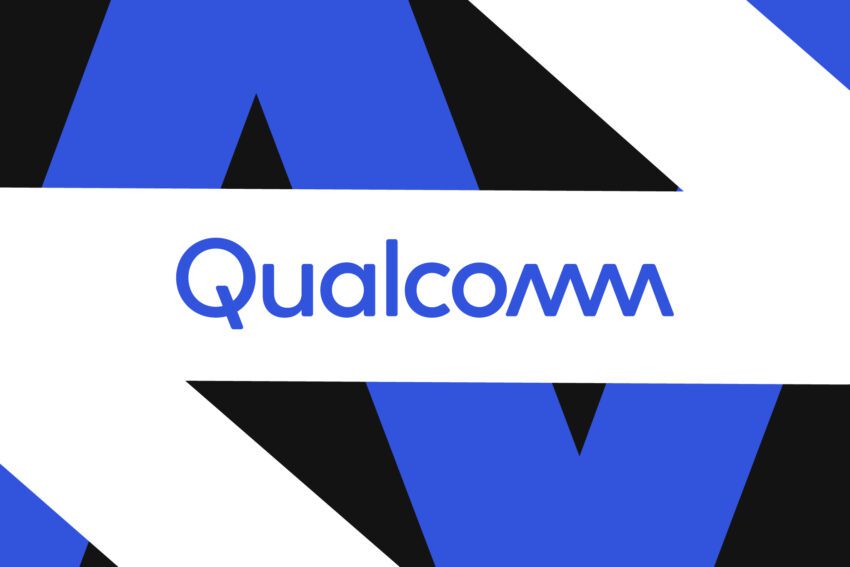
qualcomm is turning parts from cellphone chips Qualcomm is making significant strides in the artificial intelligence sector by launching new AI chips aimed at competing with Nvidia’s market dominance.
qualcomm is turning parts from cellphone chips
Introduction to Qualcomm’s New AI Chips
On Monday, Qualcomm unveiled its plans to introduce a pair of new AI chips, the AI200 and AI250, in a strategic move to challenge Nvidia’s stronghold in the AI chip market. The AI200 is set to launch next year, while the AI250 is expected to follow in 2027. Both chips are built on Qualcomm’s existing mobile neural processing technology, marking a significant pivot for the company, which has historically focused on processors for mobile phones, laptops, tablets, and telecommunications equipment.
Technological Foundations
Qualcomm’s new AI chips are designed specifically for deploying AI models rather than training them. This distinction is crucial, as training AI models typically requires more robust computational resources, often provided by high-performance GPUs, such as those manufactured by Nvidia and AMD. In contrast, deploying AI models involves running these trained models to make predictions or classifications, which can be done with less computational intensity.
Hexagon Neural Processing Units
The AI processors are based on Qualcomm’s Hexagon neural processing units (NPUs), which have been integral in powering AI features in the company’s mobile chips. These NPUs allow for efficient processing of AI tasks, enabling features like voice recognition, image processing, and other machine learning applications on mobile devices and laptops. By leveraging this existing technology, Qualcomm aims to provide a competitive alternative to Nvidia’s offerings.
Scalability and Performance
According to reports from CNBC, Qualcomm’s AI processors can function within a rack that accommodates up to 72 chips, effectively operating as a single computer. This architecture is similar to the configurations used by Nvidia and AMD for their GPUs, allowing for scalability in AI applications. The ability to scale up performance by adding more chips is a significant advantage for enterprises looking to deploy AI solutions across various use cases.
Specifications of the AI200 and AI250
The AI200 chip is equipped with 768GB of RAM, optimized for AI inference tasks. This substantial memory capacity allows for the handling of complex AI models and large datasets, making it suitable for a range of applications, from natural language processing to computer vision.
Meanwhile, the AI250 is touted to offer a “generational leap in efficiency,” which Qualcomm claims will lead to significantly lower power consumption. This focus on efficiency is particularly relevant in today’s energy-conscious environment, where businesses and organizations are increasingly seeking solutions that minimize energy costs while maximizing performance.
Partnerships and Applications
One of the first partnerships announced for the new AI chips comes from Humain, an AI company operating under Saudi Arabia’s Public Investment Fund. Humain has expressed intentions to utilize both the AI200 and AI250 chips to power its computing systems, which will be part of a broader initiative to develop AI datacenters across Saudi Arabia. This partnership underscores the growing interest in AI technologies in the Middle East and highlights Qualcomm’s strategic positioning in this emerging market.
Market Context and Implications
The AI chip market has been dominated by Nvidia for several years, particularly in the realms of deep learning and AI model training. Nvidia’s GPUs have become the standard for many AI applications, thanks to their high performance and extensive software ecosystem. However, Qualcomm’s entry into this space could disrupt the status quo, especially as enterprises look for alternatives that may offer competitive pricing and efficiency.
Competitive Landscape
In addition to Nvidia, Qualcomm will also face competition from other major players in the AI chip market, including AMD, Intel, and emerging startups focused on specialized AI hardware. Each of these companies brings unique strengths to the table, making the landscape increasingly competitive. For instance, AMD has been making strides in the AI space with its Radeon GPUs, while Intel has been investing heavily in its AI-focused chips, such as the Habana Labs’ Gaudi processors.
Potential Challenges
Despite the promising features of the AI200 and AI250 chips, Qualcomm may encounter several challenges as it seeks to establish itself in the AI market. One significant hurdle will be building a robust software ecosystem that supports its new chips. Nvidia has a well-established software stack, including CUDA, which allows developers to optimize their applications for Nvidia hardware. Qualcomm will need to invest in similar tools and frameworks to attract developers and ensure that its chips can be effectively utilized in real-world applications.
Stakeholder Reactions
The announcement of Qualcomm’s new AI chips has elicited a range of reactions from industry stakeholders. Analysts have expressed cautious optimism about Qualcomm’s potential to carve out a niche in the AI market. Some industry experts believe that Qualcomm’s experience in mobile processing could give it an edge in developing energy-efficient solutions that cater to the growing demand for AI applications in mobile and edge computing environments.
On the other hand, there are skeptics who question whether Qualcomm can effectively compete with established players like Nvidia. The company will need to demonstrate that its chips can deliver comparable performance and reliability to gain traction among enterprise customers.
Future Outlook
As Qualcomm prepares to launch the AI200 and AI250 chips, the company’s future in the AI market will depend on several factors, including the performance of its new products, the strength of its partnerships, and its ability to build a supportive ecosystem for developers. The growing demand for AI technologies across various sectors, from healthcare to finance, presents a significant opportunity for Qualcomm to expand its market presence.
Moreover, the increasing focus on energy efficiency and sustainability in technology could play to Qualcomm’s advantage, especially if the AI250 chip delivers on its promise of lower power consumption. As organizations seek to balance performance with environmental considerations, Qualcomm’s emphasis on efficiency may resonate well with potential customers.
Conclusion
Qualcomm’s entry into the AI chip market with the AI200 and AI250 represents a strategic pivot for the company, moving beyond its traditional focus on mobile processors. By leveraging its existing technology and forming strategic partnerships, Qualcomm aims to challenge Nvidia’s dominance and establish itself as a key player in the rapidly evolving AI landscape. The success of this initiative will depend on the performance of its new chips, the development of a supportive software ecosystem, and the company’s ability to navigate the competitive landscape effectively.
Source: Original report
Was this helpful?
Last Modified: October 27, 2025 at 9:38 pm
2 views















